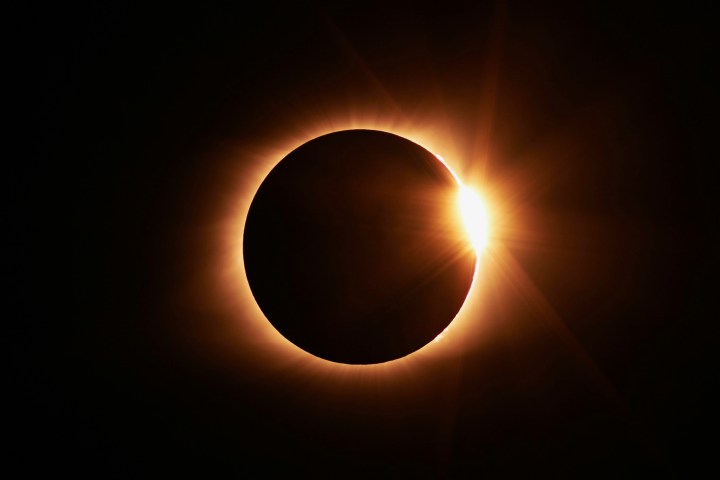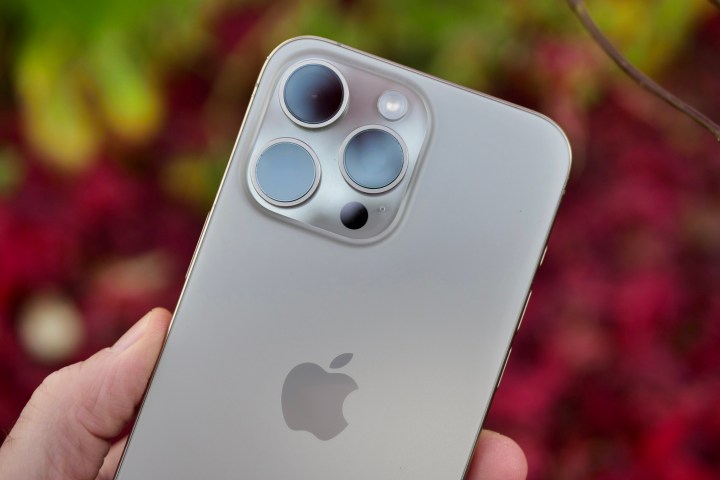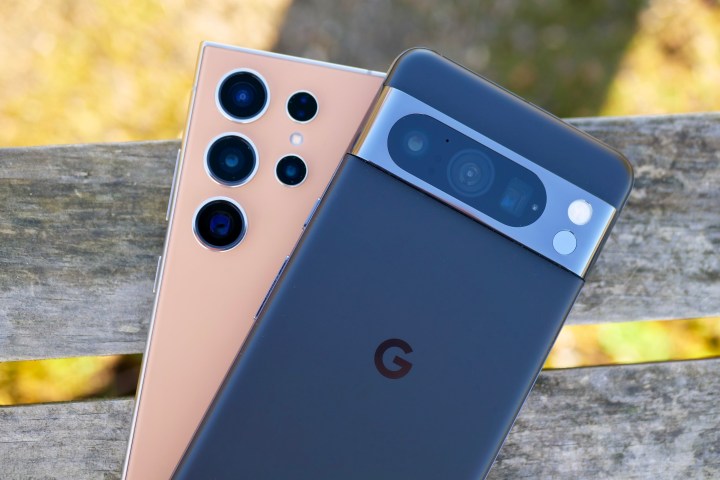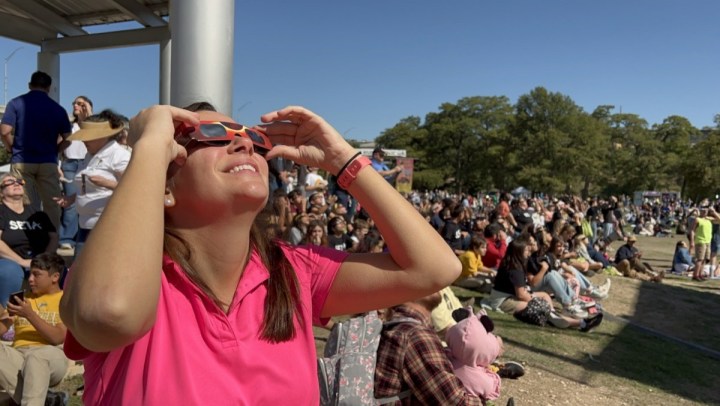
Prepare to witness a total solar eclipse on Monday, April 8, in select states across the U.S. and provinces in Canada. This spectacular event offers the perfect opportunity to capture stunning images and videos using just your smartphone.
However, capturing the true beauty of this phenomenon requires more than just pointing your phone, whether it’s an iPhone 15 or Samsung Galaxy S24, at the sky. Follow these steps to ensure you capture the total solar eclipse successfully with your smartphone.
Where can you see the total solar eclipse?
The upcoming total solar eclipse scheduled for April 8 will only be visible from specific areas along a narrow path where totality will occur. These states include parts of Texas, Oklahoma, Arkansas, Missouri, and more, along with provinces in Canada such as Quebec and New Brunswick.
For those outside the path of totality, there’s still a chance to witness a partial eclipse in most parts of the U.S. Consult NASA’s website for information on the best viewing times in your region.
Can you use your phone to take a picture of the solar eclipse?
When photographing a solar eclipse, it’s crucial to use a solar photo filter to protect both your eyes and your device. These filters are inexpensive accessories that can be easily attached to your phone’s camera lens, ensuring safe and high-quality eclipse photos.
Look for solar filters online or refer to recommendations from the American Astronomical Society to find the right filter for your smartphone.
Tips for capturing the solar eclipse

Andy Boxall / Digital Trends
Having a filter is just the first step in effectively capturing the solar eclipse. Adjusting your phone’s settings is equally important to achieve optimal results. Practice these settings before the event to familiarize yourself with the process.
Remember to turn off your camera’s flash and avoid using the digital zoom feature if your phone lacks a proper telephoto lens. Instead, lock the focus and exposure to enhance the quality of your eclipse photos.

Andy Boxall / Digital Trends
For iPhone users, enable the Auto Exposure/Auto Focus Lock feature in the Camera app to lock the focus and exposure on your desired subject. Android users can achieve a similar effect by tapping and holding the screen to lock focus and exposure.
Utilize your phone’s burst mode feature before and after totality to capture unique moments, such as the “diamond ring” effect seen at the end of an eclipse. This mode allows you to take rapid consecutive photos to seize the perfect shot.
When are the next solar eclipses?

Don’t fret if you miss the April 8 solar eclipse, as there are more opportunities in the coming years. European regions, North Africa, the Middle East, and Australia and New Zealand will have their chances to witness total solar eclipses in the future.
While the next total solar eclipse in the contiguous U.S. is not until 2044, Alaska will have an event in 2033. Keep an eye on upcoming eclipse dates to plan your viewing experiences accordingly.
Editors’ Recommendations


